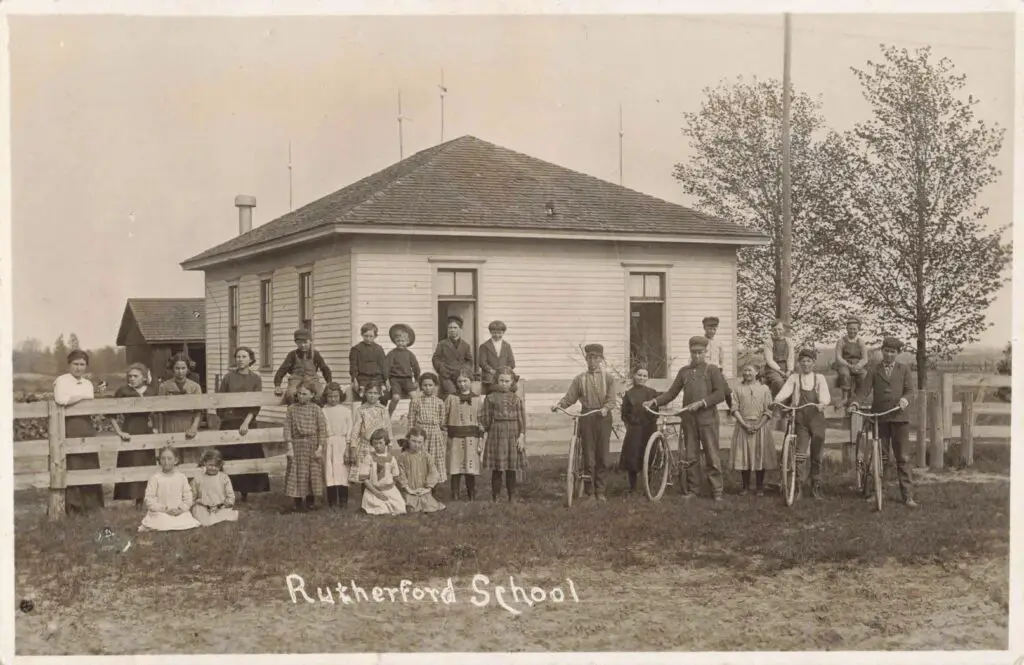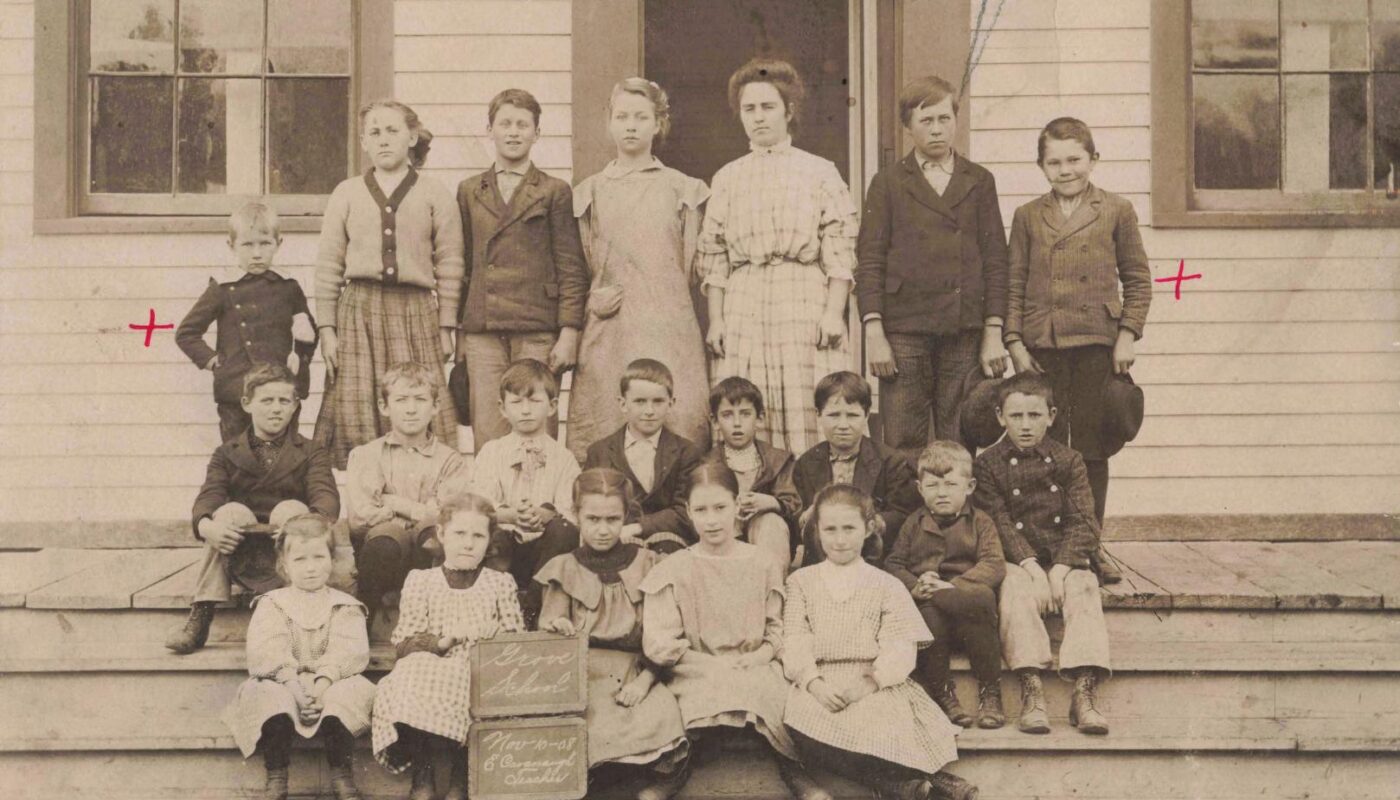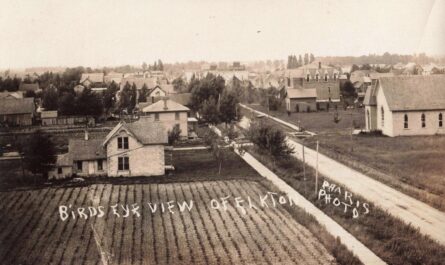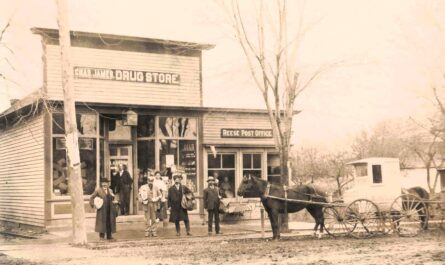If you think teaching is tough today, imagine doing it in 1900. Back then, Michigan’s one-room schoolhouse. Teaching in 1900: When the Rules Were Wilder Than the Recess
If you think grading papers is rough, try surviving under the teacher rules 1900. Back then, Michigan’s one-room schoolhouse teachers weren’t just educators—they were moral examples, janitors, and sometimes fire-starters (literally).
To keep their jobs, teachers had to follow guidelines that sound more like a comedy routine than a code of conduct. These so-called “teacher rules 1900” were posted in schoolhouses across the country—and some were absolutely outrageous.
Video – Teacher Rules Gone Wild! – A hilarious Michigan Moments short about the wildest “teacher rules 1900” that shaped early education.
The Most Absurd Teacher Rules of 1900
From cleaning floors to policing personal behavior, here are a few favorites from the turn of the century:
- No Marriage Allowed. Teachers were expected to stay single for the entire term of their contract. Falling in love could get you fired faster than misspelling “arithmetic.”
- No Company with Men. A teacher could not be seen walking, riding, or eating ice cream with any man who wasn’t her father or brother.
- Mandatory Cleaning Duties. Every teacher had to sweep the floors daily, scrub the desks weekly, and light the classroom stove before students arrived. The rulebook might as well have included, “Bring your own soap.”
- Strict Dress Codes. According to the teacher rules 1900, women were required to wear at least two petticoats and keep their ankles covered. Bright colors were scandalous; moral virtue apparently came in beige.
- Curfew at 8 P.M. Teachers had to be home early unless attending a school event. Staying out late was considered suspicious, especially if you were seen near an ice cream parlor.
Why the Rules Existed

The teacher rules 1900 may sound absurd today, but they reflected the culture of the time. Teaching was one of the few respectable jobs available to women, and local school boards—often made up of conservative townsmen—expected teachers to model perfect behavior.
Communities viewed teachers not just as instructors, but as moral role models for children. The idea was that a teacher’s personal life should mirror the lessons of the classroom—clean, quiet, and beyond reproach.
The Real Work Behind the Chalkboard
Beyond the funny “teacher rules 1900,” the daily grind was no joke. Teachers managed multiple grades in a single room, kept fires burning during Michigan winters, and maintained attendance records by hand.
Pay averaged around $30 a month. Supplies were scarce, and students often missed class to help on the farm. Yet despite all that, those early educators built the foundation of Michigan’s public schools—and many did it with grit, humor, and maybe a wink at the milkman when no one was watching.
A Michigan Moments Throwback: “Teacher Daz!”
Our Michigan Moments reel, Teacher Rules Gone Wild!, brings the teacher rules 1900 to life in colorful comic-book style. Picture a heroic schoolmarm armed with chalk, a broom, and the unstoppable power of moral authority.
She might not have been allowed to wear red, but she sure could command a classroom.
Class Dismissed
So the next time a teacher complains about grading papers or late-night lesson plans, remember: at least they don’t have to sweep the classroom, heat the stove, or swear off ice cream dates.




